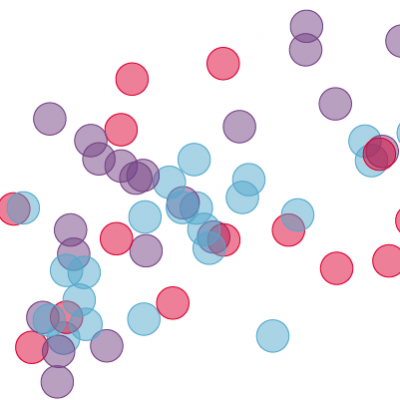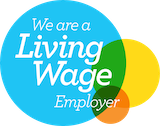Relationship between income and healthy life expectancy by local authority
19 April 2021

Key points
- Healthy life expectancy increases with income. An increase in average net annual income of £1,000 in an area is associated with a 0.5-year increase in male healthy life expectancy.
- Local authorities in the south of England tend to be areas with higher average incomes and higher healthy life expectancy.
This chart shows the relationship between male healthy life expectancy and equivalised income after housing costs, by local authority in England. The chart highlights whether a local authority is in the north of England, the Midlands or the south of England.
Money and resources can influence health in a number of ways, particularly for those categorised as living in poverty and deprivation. Financial strain acts as a source of stress and influences health behaviours.
- There is a strong relationship with male healthy life expectancy increasing with income. A similar relationship is seen for female healthy life expectancy, as well as when other measures of household income are used (such as income before housing costs).
- An increase in average net annual income of £1,000 is associated with a 0.5-year increase in healthy life expectancy.
- The relationship between healthy life expectancy and income is dependent on where the local authority is located. Southern areas in England generally have higher average incomes and higher average healthy life expectancies.
With local areas in the north of England typically experiencing poorer health and lower incomes there is a clear need to ‘level up’ health as well as economic opportunities across England. A cross-government health inequalities strategy is needed to ‘level up’ health.
- Medium super output area level data (usually a neighbourhood of around 7,200 people) is used to create a weighted average (using 2019 population estimates) for each local area’s average net equivalised household income after housing costs and male healthy life expectancy at birth.
- Healthy life expectancy is defined as the number of years an individual is expected to live in good health, based here on period life expectancy and a self-rated measure of good health. Period life expectancy is calculated using current mortality rates.
- Equivalisation is a method that adjusts income to reflect household size.
Source: Office of National Statistics, Health State Life Expectancies for MSOAs, England: 2009-13. Office for National Statistics, Income estimates for small areas, England and Wales: 2015-16







